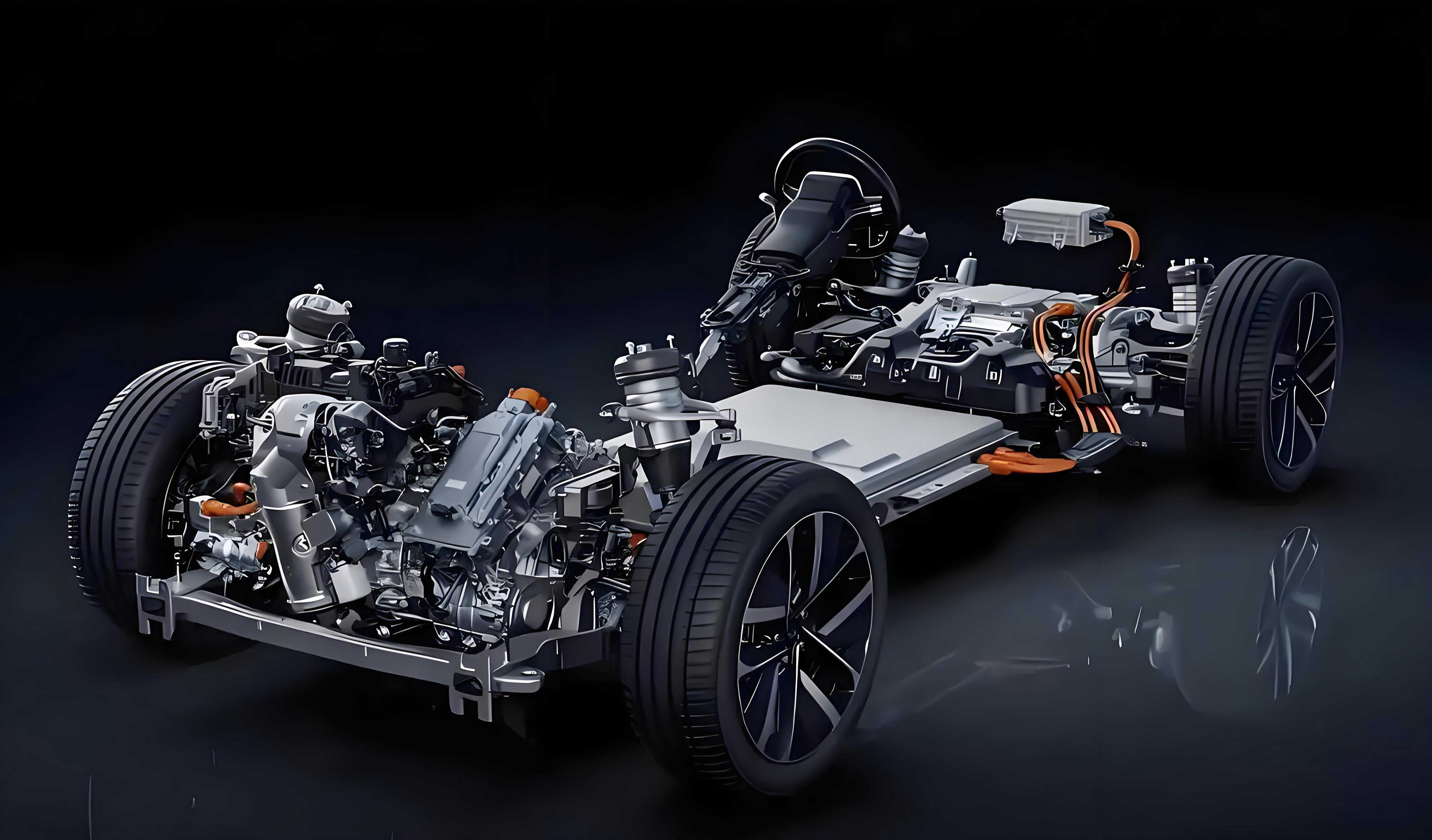In the global shift toward sustainable transportation, electric vehicles have emerged not only as a technological marvel but as a pivotal force driving economic transformation. Within China, the rapid ascent of the electric vehicle sector has turned the country from a follower into a leader, positioning it at the heart of domestic economic circulation. This transformation underscores how strategic innovation and industrial policy can converge to create a self-sustaining growth model.

Over the past decade, China’s electric vehicle industry has achieved what many considered impossible. From producing just 78,000 units in 2014 to exceeding 10 million in 2024, the growth trajectory has been nothing short of extraordinary. This expansion is not merely numerical—it represents a fundamental shift in China’s industrial capabilities, market readiness, and technological prowess. Electric vehicles have become a cornerstone of China’s strategy to strengthen its domestic market, reduce external dependencies, and foster innovation-led growth.
At the core of this transformation lies the ability of the electric vehicle sector to activate extensive industrial linkages. The industry spans upstream mineral extraction—such as lithium, cobalt, and nickel—midstream manufacturing of core components including batteries, motors, and electronic controls, and downstream activities like vehicle assembly, charging infrastructure, and recycling services. This integrated chain enhances the resilience of domestic supply networks and creates multiplicative effects across the economy.
Battery technology, in particular, has been a game-changer. Chinese companies like BYD have pioneered breakthroughs such as the blade battery, which uses lithium iron phosphate (LFP) chemistry to improve safety, reduce costs, and extend range. Such innovations have not only elevated the competitiveness of Chinese electric vehicles but also reduced reliance on foreign technology. It is no exaggeration to say that China now leads in several critical areas of electric vehicle battery development, including solid-state and hydrogen fuel cell technologies.
The rise of electric vehicles has also stimulated consumer demand and upgraded spending patterns. Government policies, including purchase tax exemptions, license plate privileges, and rural subsidies, have made electric vehicles more accessible. At the same time, new consumption scenarios have emerged—charging stations, battery swapping networks, and smart connectivity features such as autonomous driving and in-car entertainment systems are creating fresh demand and supporting the growth of ancillary sectors.
Notably, lower-tier cities and rural areas are becoming new growth frontiers. Affordable models like the Wuling Hongguang Mini EV have democratized electric mobility, bringing advanced technology to broader segments of the population and supporting balanced regional development.
Technological innovation remains a key driver. China is making significant strides in intelligent and connected vehicle systems, combining electric vehicles with 5G, artificial intelligence, and big data. These integrations are accelerating the development of autonomous driving, vehicle-infrastructure coordination, and smart mobility solutions. As the industry evolves, intelligence is becoming the new battleground, further enhancing the value proposition of electric vehicles.
Moreover, the electric vehicle ecosystem is generating substantial employment opportunities. Direct employment in the sector exceeds 5 million people, covering R&D, manufacturing, sales, and services. Indirectly, millions more are employed in charging infrastructure, battery recycling, data services, and other derivative industries. This job creation supports income growth and skills development, particularly in high-tech areas such as AI engineering and battery science.
Infrastructure development is keeping pace with vehicle adoption. Charging stations and battery swap facilities are expanding rapidly, supported by policies encouraging integrated energy solutions and smart grid applications. The emergence of low-altitude economy infrastructure—such as vertiports with integrated charging capabilities—further illustrates how electric mobility is spurring cross-sector innovation.
Data and AI are also becoming integral to the electric vehicle value chain. Smart connected vehicles generate vast amounts of data, which can be used to improve product design, enhance user experience, and create new business models through data transactions. AI applications in decision-making, predictive maintenance, and mobility services are opening new frontiers for the industry.
Looking ahead, the continued expansion of the electric vehicle market will further consolidate China’s advantages in localized supply chains and enhance the autonomy and competitiveness of its industrial base. Increased investment in R&D, especially in core and cutting-edge technologies, will support the ongoing transition toward high-quality growth.
In conclusion, the electric vehicle industry has become a vital engine of China’s domestic circulation strategy. By driving industrial innovation, stimulating consumption, promoting technological sovereignty, and creating employment, electric vehicles are helping to build a more resilient and self-reliant economy. As China continues to accelerate the development of smart and new energy vehicles, the sector is poised to play an even greater role in shaping the future of mobility and economic development worldwide.